L'EXTASE DOIT ÊTRE OUBLIÉE / Evangelia Kranioti
from May 20th to June 24th 2017
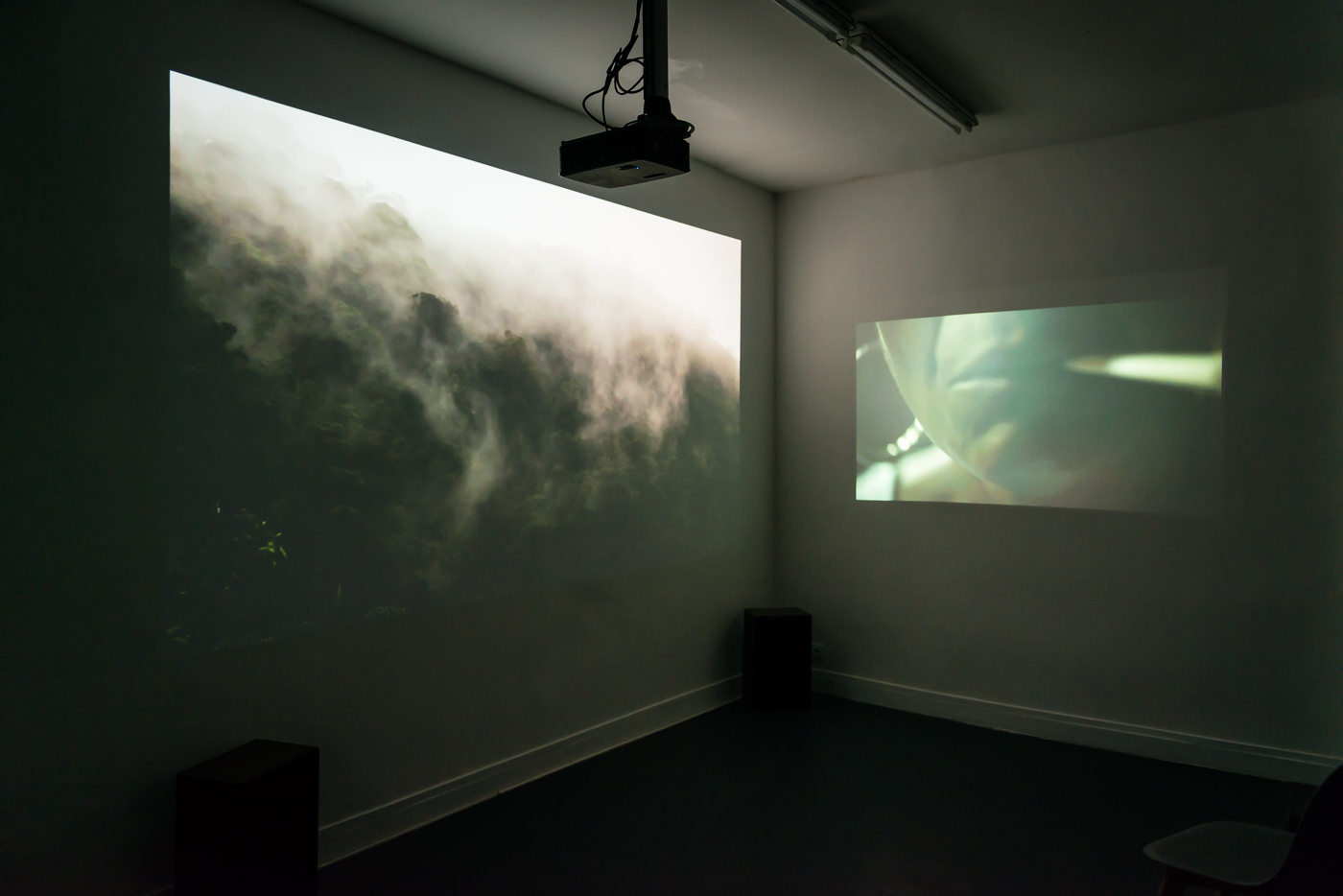
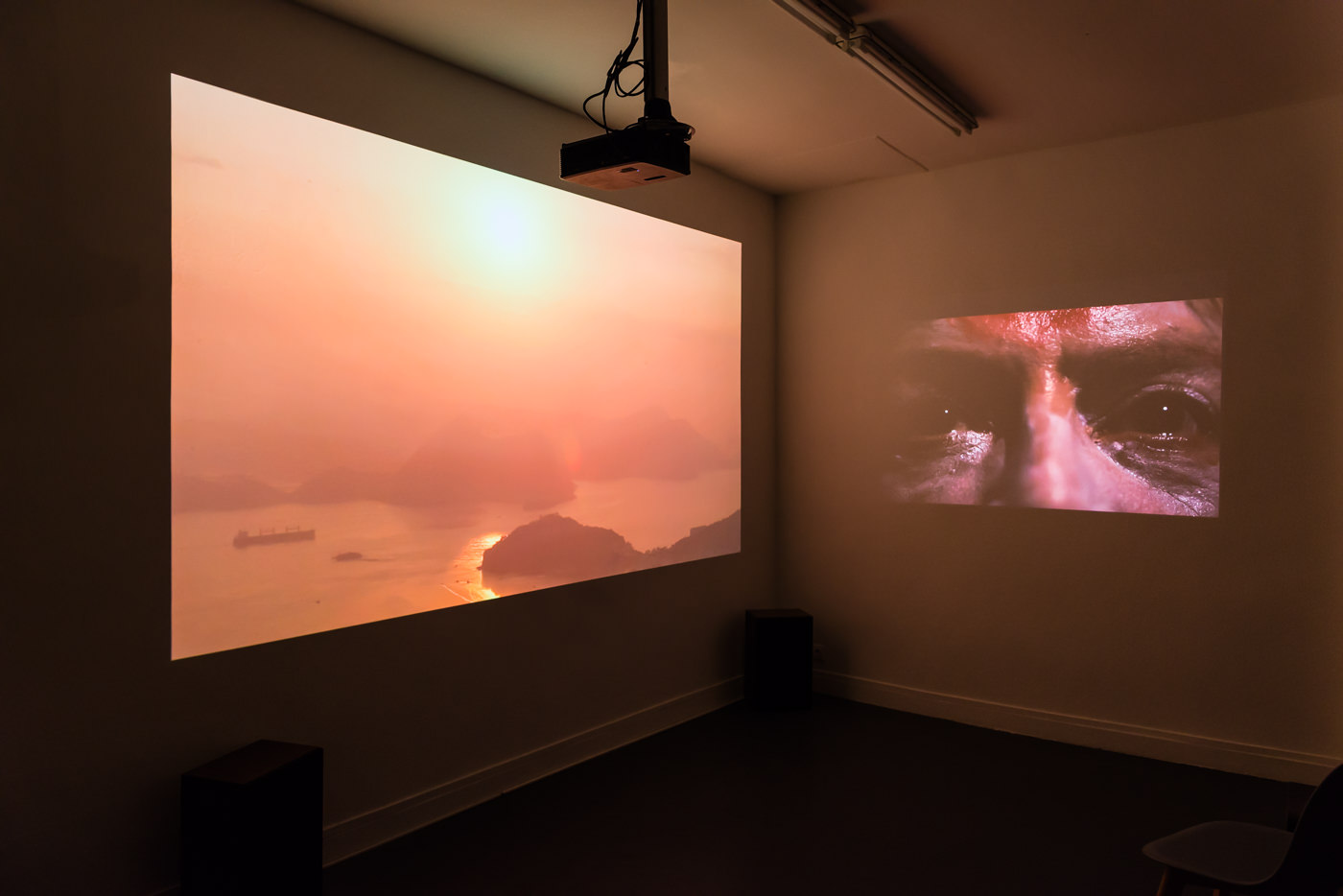
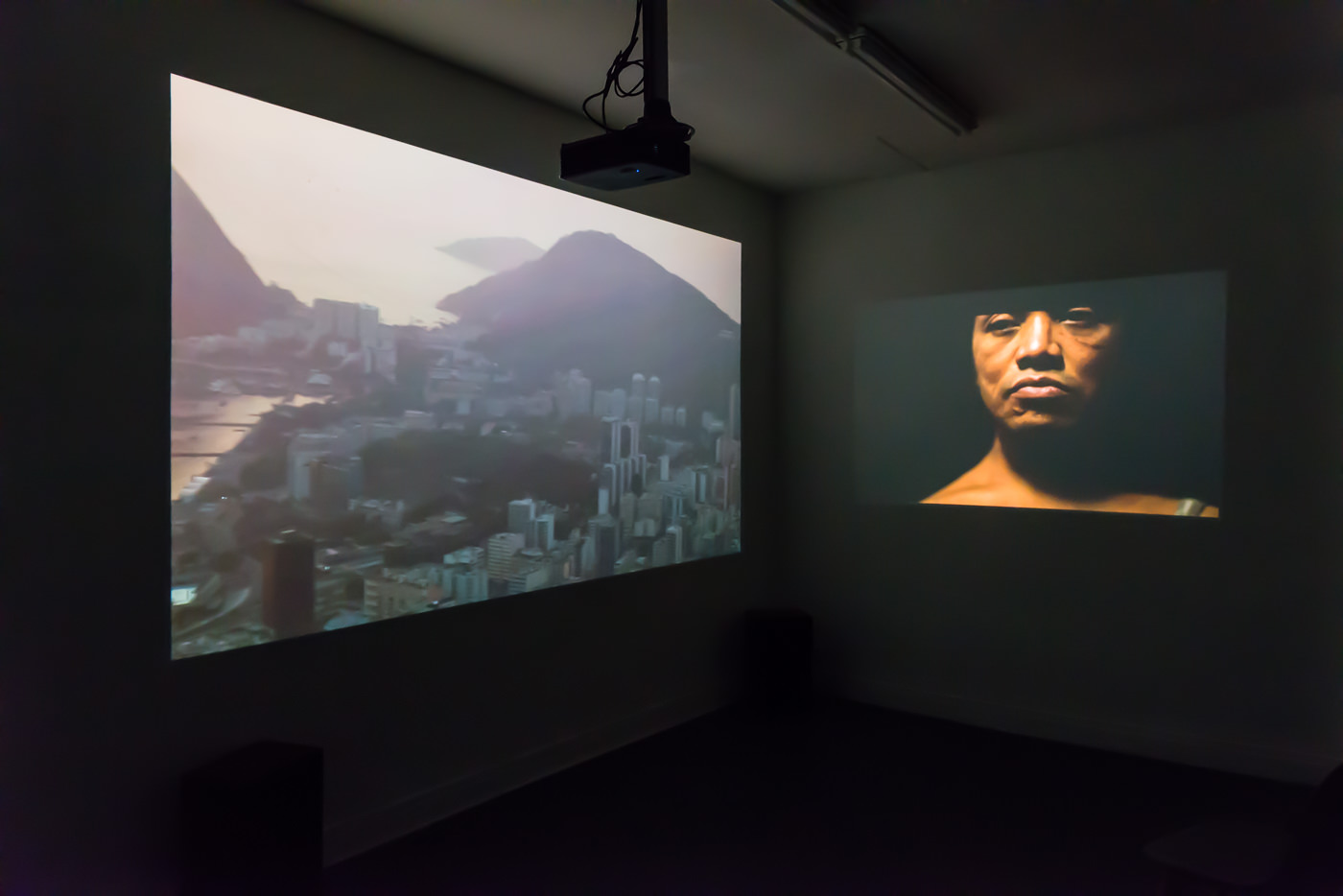
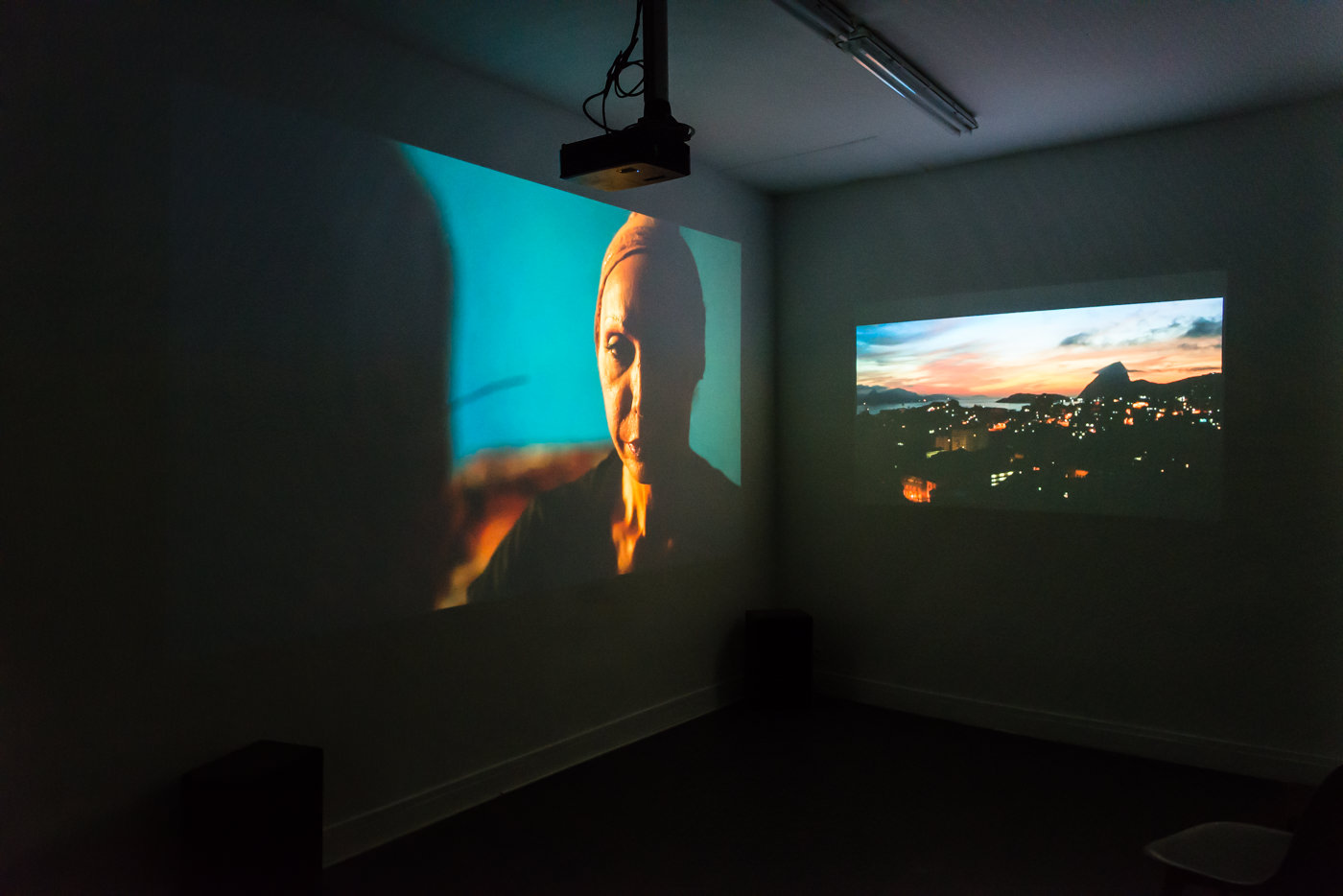
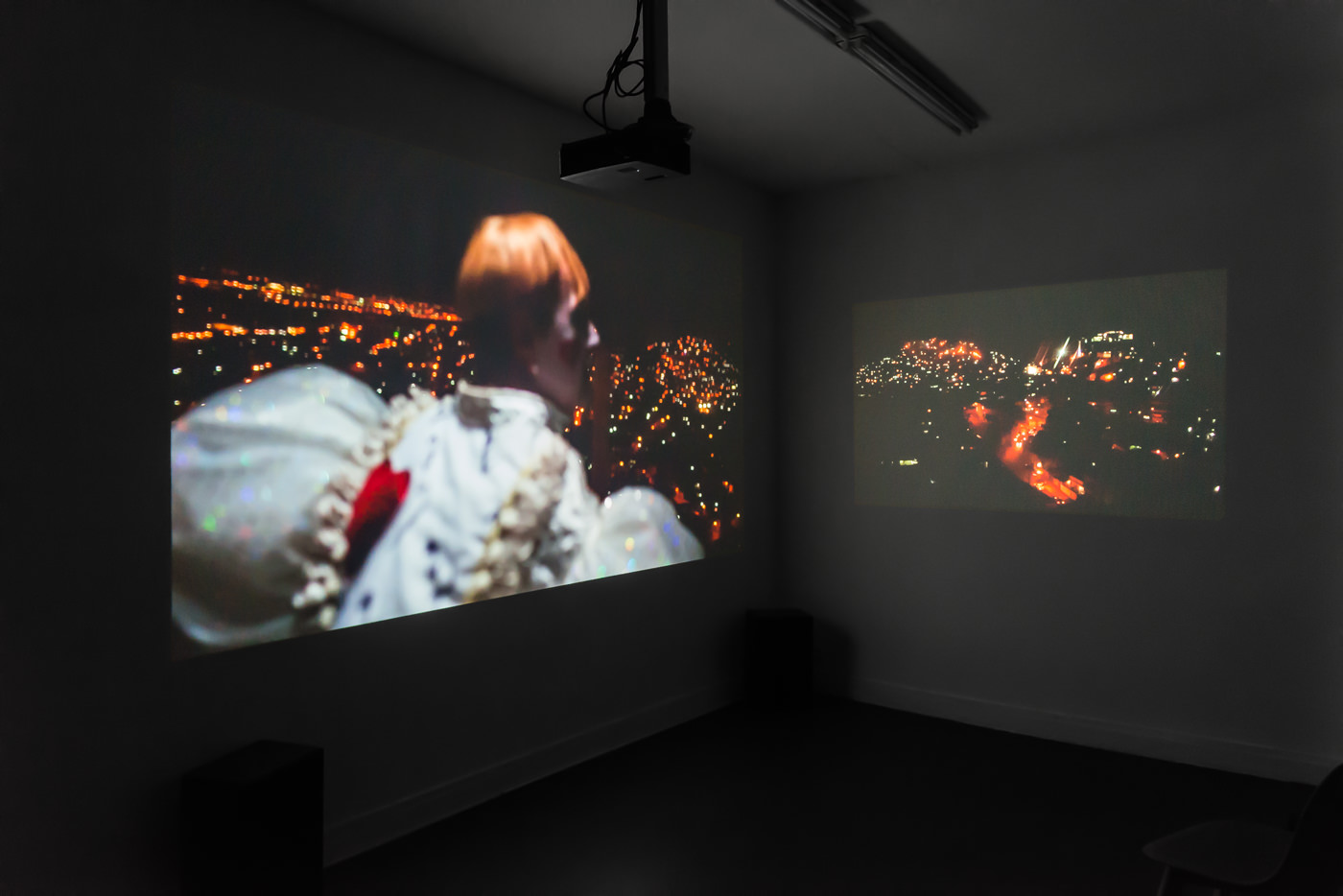
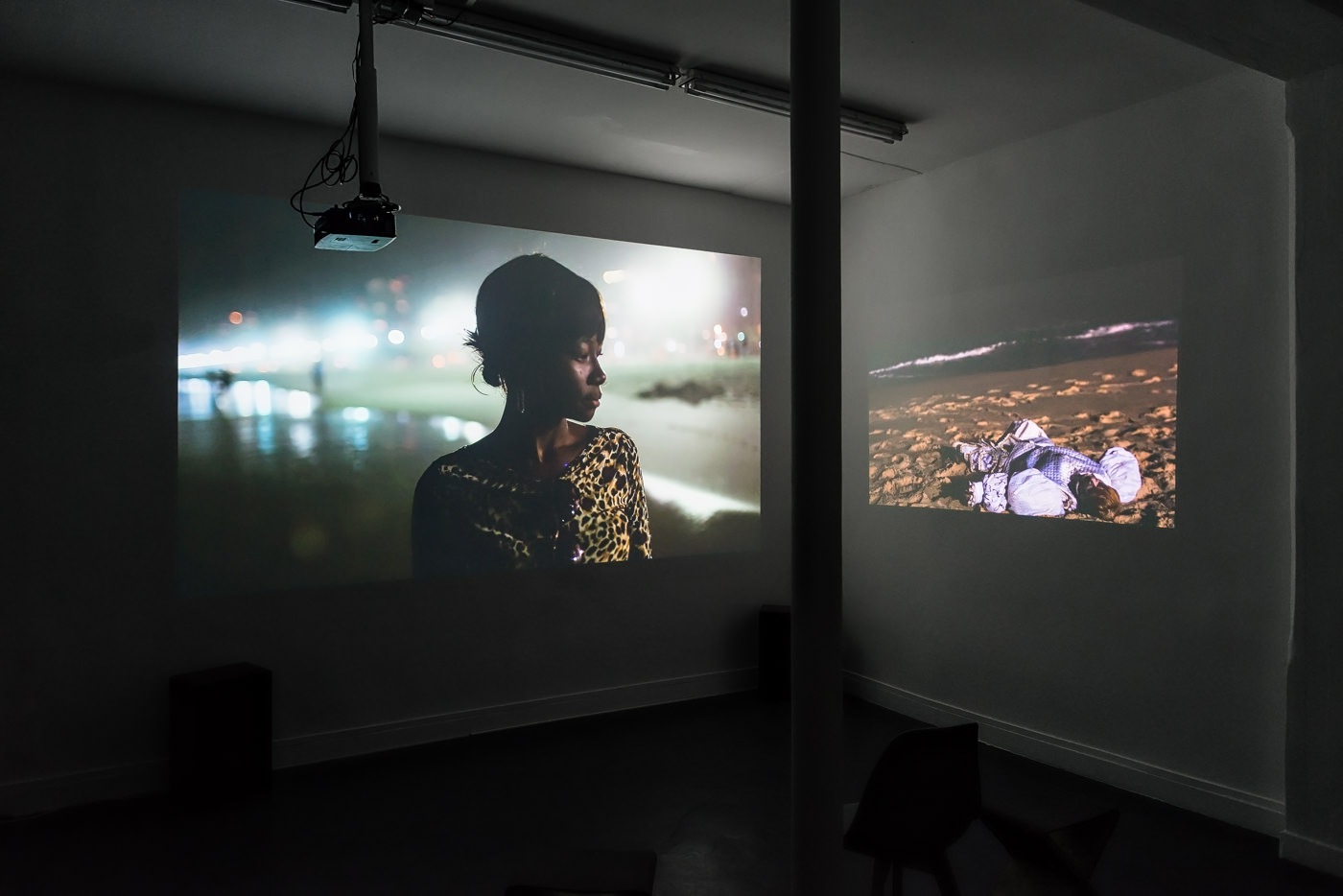

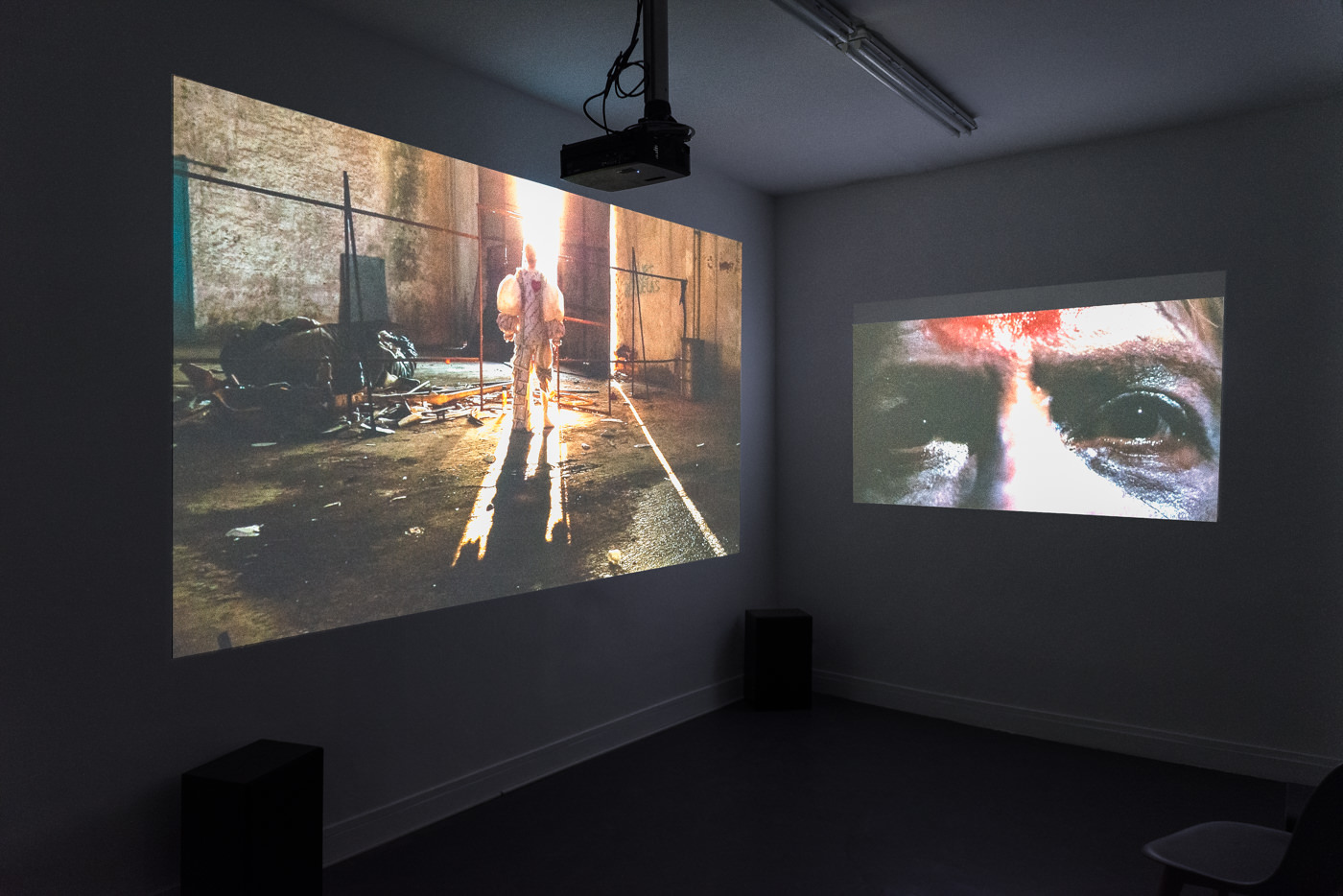
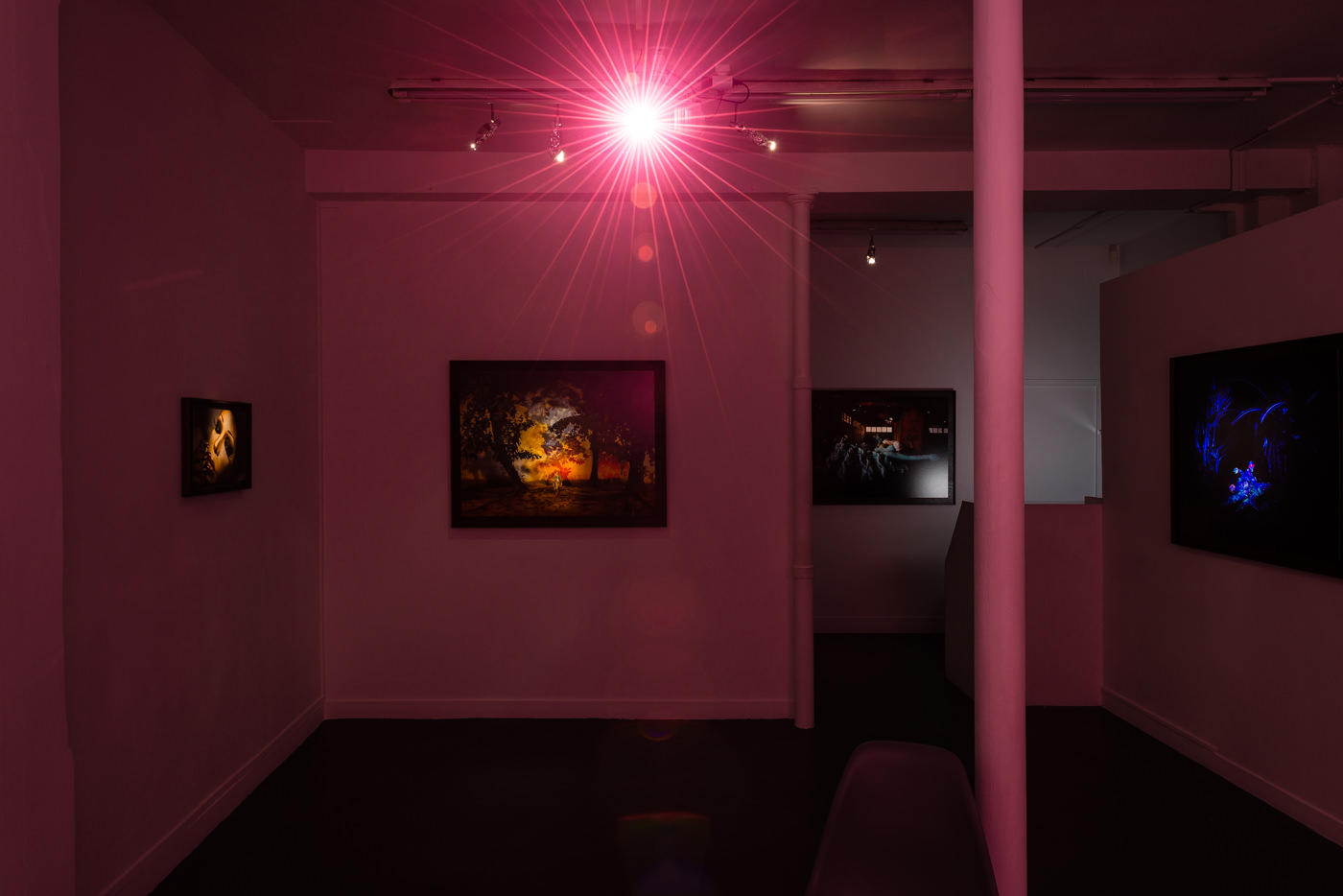

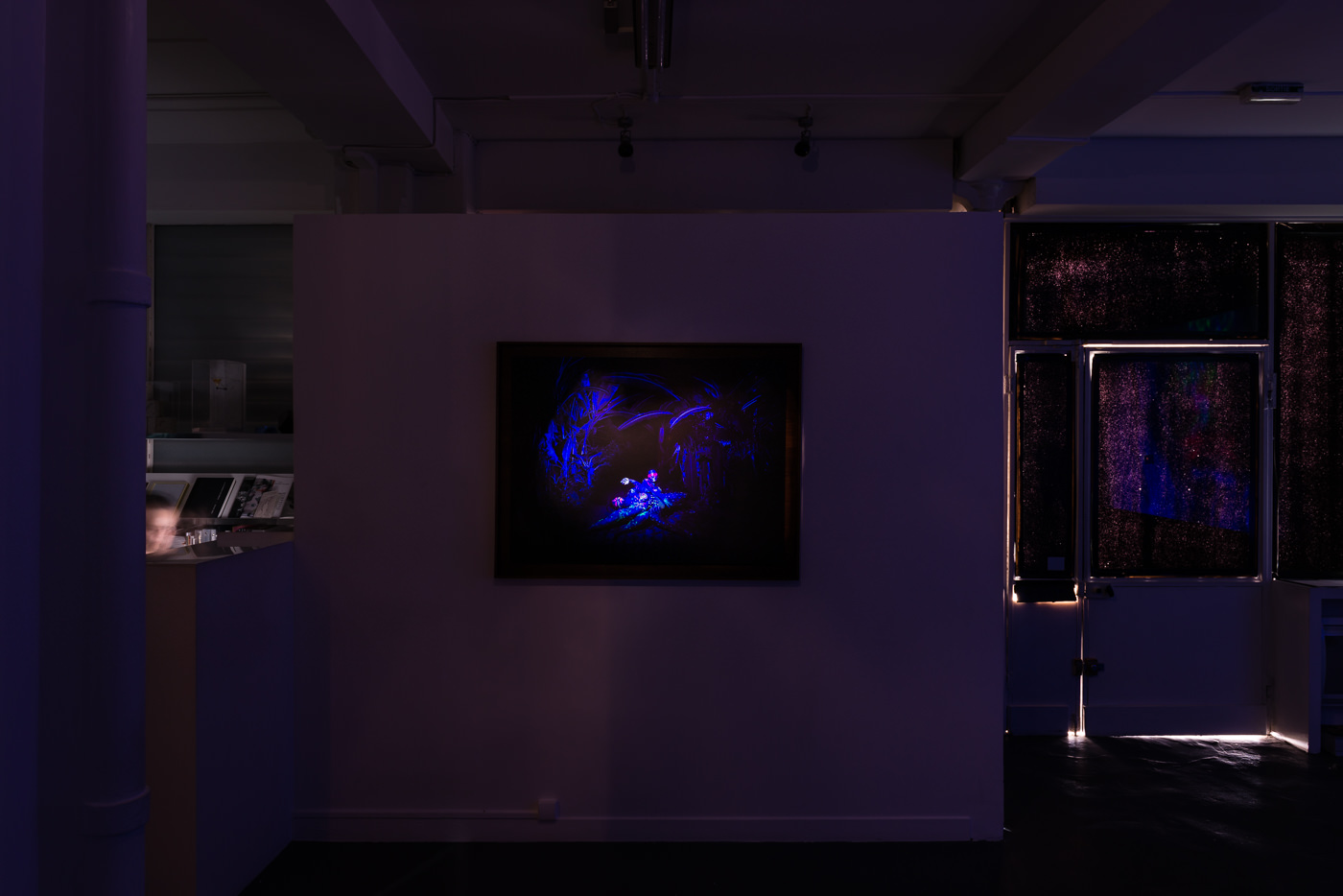
For several years now, Evangelia Kranioti has been developing an artistic practice which blends documentary and fiction.
“With a deep grounding in anthropology and literature, Kranioti finds the starting points of her works in anonymous stories; her exploration of the intimate has taken her from her native Mediterranean to tropical ports as she traces a unique cartography of desire and wanderlust.
“I am haunted by my ghosts, by all that is mythic, fantastic and gigantic”*
Her new film, Obscuro Barroco, was shot in Rio de Janeiro during the 2016 Olympic Games. Against a backdrop of carnivals, parties, and protests, the project retraces the dream-like journeys of two contrasting protagonists: an introverted clown and a flamboyant transvestite.
Amidst the euphoric darkness of the festivities, the labyrinthine ‘Cidade Maravilhosa’ becomes the stage set for a mobile exploration of the processes of metamorphosis, questions of gender, and demands for equal rights.
Over the course of one year, Kranioti immersed herself in the reality of the city in order to offer an insight into the entangled social and political contexts which are supposedly suspended during times of carnival. Her film offers a subtle echo of the profound ambivalence that runs throughout Brazilian society, bearing witness to both the violence of social exclusion and to desires for change. Following the wandering path of the clown and the footsteps of Luana Muniz, a prominent figure in carioca transgender circles, Kranioti leads us on a voyage of initiation where a constant back-and-forth between the body and the body politic plays out.
Her installation El éxtasis debe ser olvidado draws its title from Clarice Lispector’s novel Agua Viva, an important reference for Kranioti’s Brazilian project, and serves as a complement to Obscuro Barroco: the installation features a double projection that reconfigures the narrative arc of the film in spatial terms.
For the installation, Kranioti has created a new montage which redistributes the film’s shots and sequences to reveal a stratified structure. In doing so, she brings forth a more organic and immersive dimension at the same time as foregrounding the tensions and violence hidden just beneath the surface of her images.
From the Sambadrome to deserted barracões, from favela carnivals to political protests, what emerges is a purgatorial city animated by perpetual and unstable motion.
“I reach the real through the dream (...) another dreaming and sleepwalking reality creates me.”
With Obscuro Barroco, Evangelia Kranioti continues her exploration of the complexity of human emotions and the imaginaries which they can conjure up. Driven by a need to go towards the other in order to transfigure the real, her work enacts a form of ethnographic surrealism.
Through the hopes of metamorphosis and the mysterious urban wanderings of her characters, from popular uprisings to the phantasmagorical chiaroscuro of her images, Evangelia Kranioti navigates between the personal and the political in a kind of hybrid dream where another reality takes form.“
Yannick Langlois
*Quotes from Evangelia Kranioti, Obscure Barroco, extracted from Clarice Lispector’s novel, Agua Viva.
press release - FR (pdf)
press kit - FR (pdf)